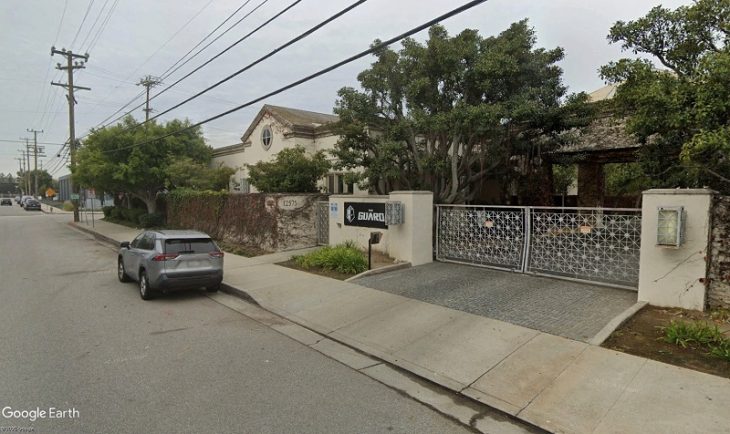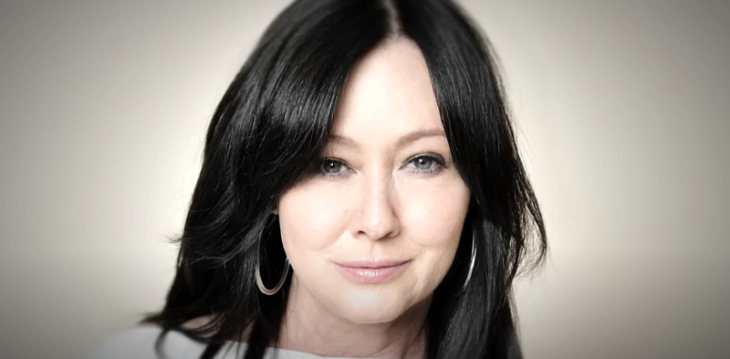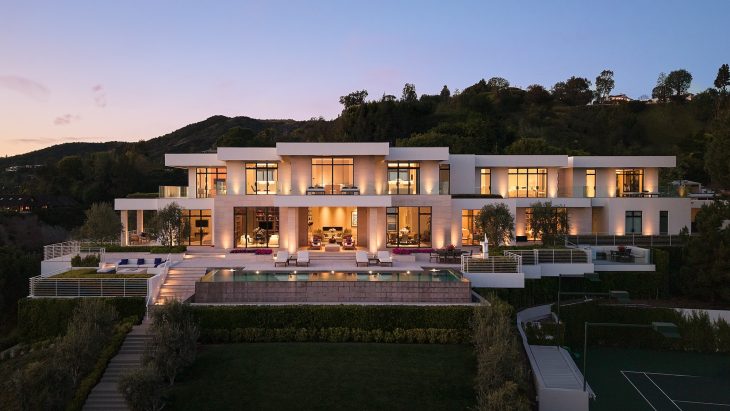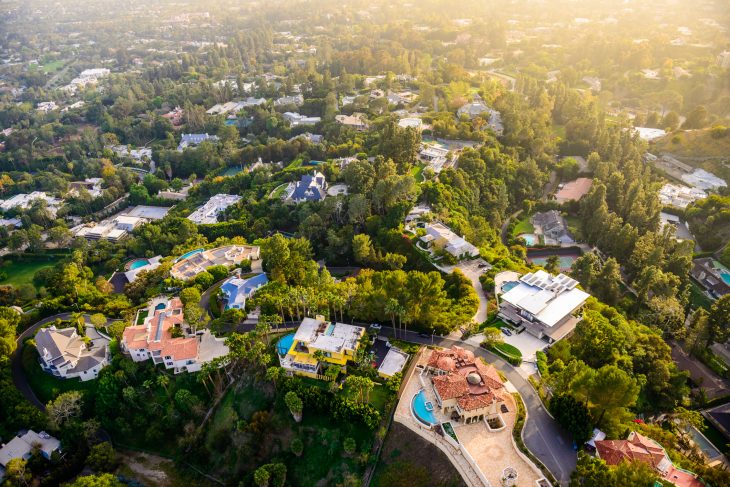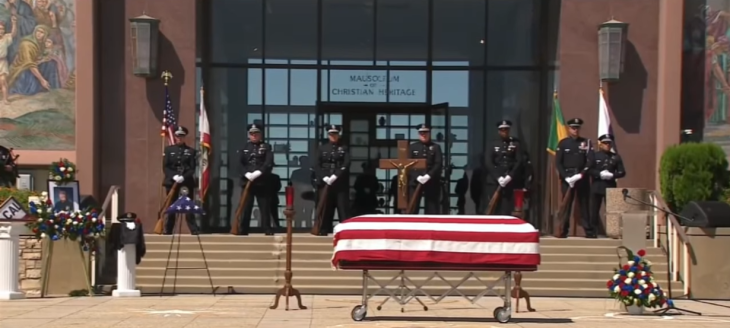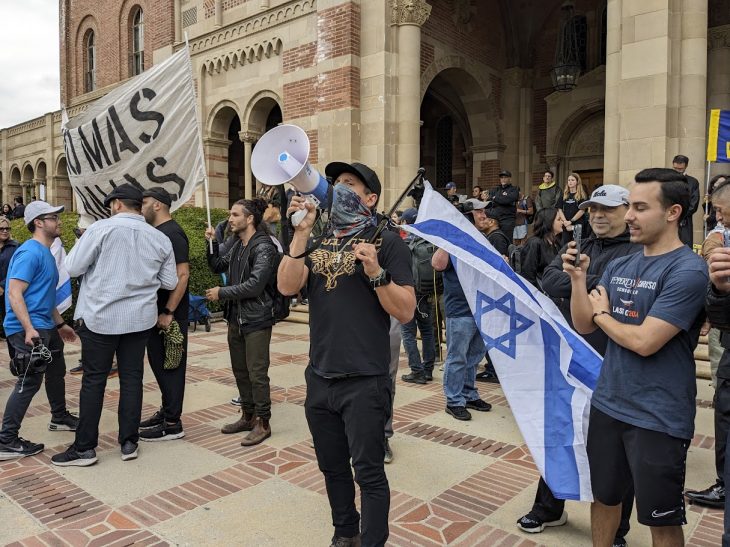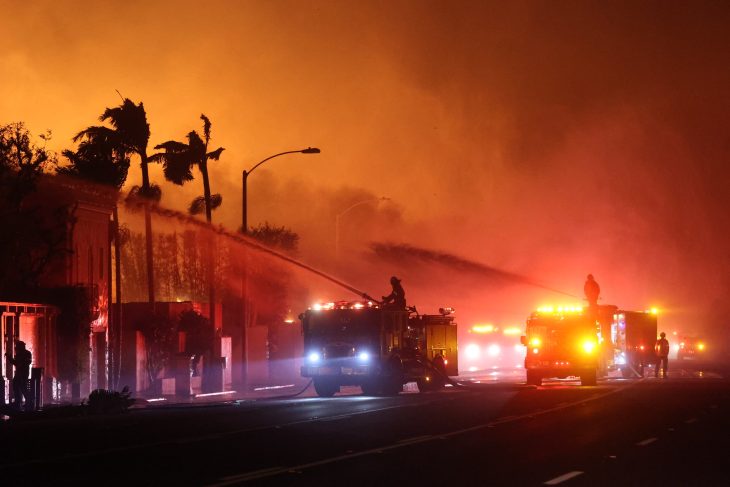By Tom Elias, Columnist
Self-congratulations flowed easily the other day among ultra-liberal state legislators after they passed the two most far-reaching housing bills of this year and this century.
These are Senate Bills 9 and 10, whose aim is to end single family zoning in most parts of California and allow far more housing density at the will of property owners, even in most fire zones. About the only limit on this freedom to create urban blight is a floor on the size of affected lots. If your property is smaller than 2,400 square feet, you are not free to subdivide it at will.
For the last four years, this assault on neighborhoods has been a pipe dream of Scott Wiener, the increasingly radical, pro-developer Democratic state senator from San Francisco. The state Senate’s president, Democrat Toni Atkins of San Diego, is almost equally involved.
Before they break their arms while patting themselves on the back, these two lawmakers might want to examine the new realities of California’s referendum politics.
Even more than it has been since the initiative era began in the early 1970s, this state is a populist place. When lawmakers pass a widely disliked bill, voters now are likely to rise up and strike it down, just as disgruntled voters also created the recall movement against Gov. Gavin Newsom.
Few bills in recent years have been more widely unpopular than SB 9 and 10 among dedicated voters who participate without fail in every election.
More than three dozen city and county governments in all parts of California took official stances against the two bills. Not only do they promise to blight existing neighborhoods, scores of elected city council and county board members said, but the two bills ignore the obvious and far less intrusive solution to California’s housing shortage: make housing from the billions of vacant square feet now languishing without renters in office buildings.
This would create more units much faster than the haphazard new construction called for in SB 9 and 10, without expanding existing footprints or destroying anyone’s home environment.
Meanwhile, the two bills figure to be precisely that destructive to many folks who have invested their life savings in homes they love.
SB 9, for example, allows any lot currently zoned R1 for a single home to be split in two, with two duplexes on each half. Add to each half a “granny” unit previously authorized by the state and you could have six units where there is now one. All without any affordability requirements.
Developers would get even richer. Building trades unions love this, too, for the jobs it would create. Both special interests lobbied for this bill and will exploit it to the hilt. Picture developers with fat bankrolls prowling through neighborhoods while flashing their wads. Or Wall Street expanding its current expansive housing purchases.
Then there’s SB 10, allowing up to 10 units on any lot or parcel if a city council OKs it, regardless of any land-use plan voters may have passed. Once this bill is signed, city and county officials whose campaigns are often funded by developers and construction unions can override any local initiative that limits building, no matter how large its vote margin may have been.
One real aim of this, speculated Palo Alto Councilman Eric Filseth, a former mayor, might be to discourage local land-use initiatives altogether. “Who’s going to mount the time and expense of a voter initiative if they know some government branch might simply set it aside?” he said in an email.
But wait: Homeowners can do the same thing to these two bills that bail bondsmen did last November to a bill that passed handily with the aim of ending cash bail in California: They can run a referendum to kill it, and such an effort has already begun.
For sure, any measures that draw as much civic opposition as SB 9 and 10 are guaranteed to be challenged. Once a referendum against any bill qualifies for a vote, that new law can’t be applied until after the vote on the referendum.
Which means it’s not yet panic time for homeowners who want to preserve their neighborhoods.
Email Thomas Elias at tdelias@aol.com. His book, “The Burzynski Breakthrough, The Most Promising Cancer Treatment and the Government’s Campaign to Squelch It,” is now available in a soft cover fourth edition. For more Elias columns, visit www.californiafocus.net

